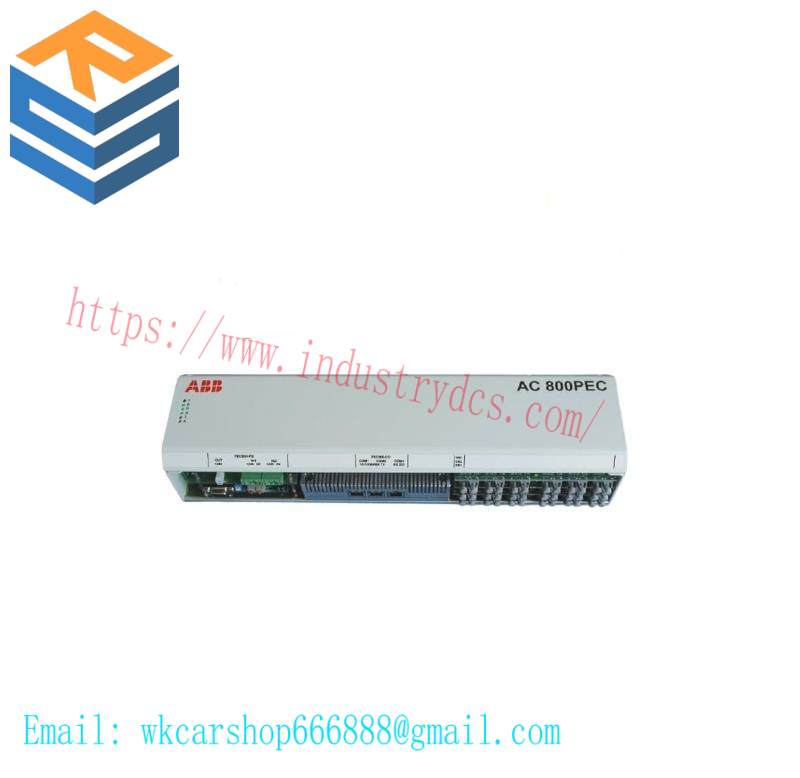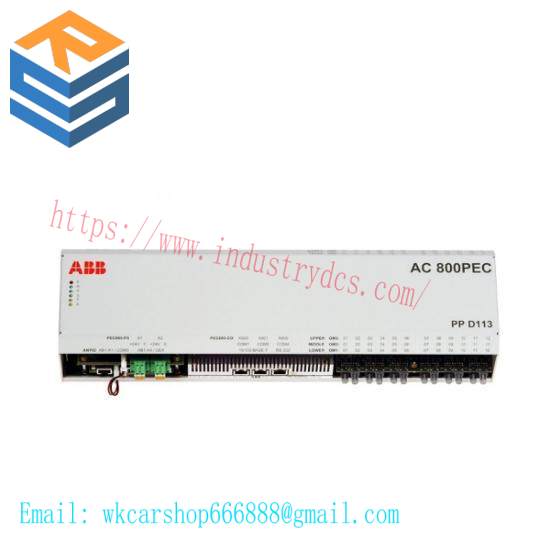Equipment Under Control (EUC)
Safety-related systems, such as Safety Manager, are designed to prevent the EUC from entering a dangerous state and to mitigate any EUC that has gone into a dangerous state.
For these functions a safety related system can be split in:
Emergency shutdown systems, operating in the prevention layer of “The concept of layers of protection” on the previous page.
Fire and gas detection and control systems, operating in the mitigation layer of “The concept of layers of protection” on the previous page.
For more information see also:
Safety Integrity Level (SIL)
Safety layers of protection
Process Under Control (PUC)
PUC is EUC expanded with regulations to prevent the process from running out of control or to mitigate the consequences when it does run out of control.
Where PUC is concerned, Safety Manager monitors the process for abnormal situations. Safety Manager is able to initiate safety actions and process alarms.
Such actions and alarms can be caused by abnormal situations in the:
Process
Safety loops
Safety system itself.
For more information see also
Safety Integrity Level (SIL)
Safety layers of protection
Equipment Under Control (EUC)
Safety Manager cabinets
Safety Manager cabinets are generally encased in steel cabinets for mechanical protection of the electronic equipment. Compliance with CE directives further requires Safety Managers to be properly covered.
Safety Manager main components
Safety Manager typically consists of the following main components:
Cabinet enclosure.
Power supply system consisting of power supply units (PSUs) generating 24 V DC (and 48 V DC or 110 V DC if needed), main switches and power distribution rails.
Controller chassis with QPPs, communication modules, 5V supply modules and a Battery and Keyn switch module.
Input/output chassis with all input and output modules.
Field termination assemblies (FTAs) and/or terminals.
Safety Manager environment
The most common environment for a Safety Manager cabinet is an air-conditioned equipment/control
room.
If the Safety Manager cabinet is to be used in an outdoor environment, special attention should to paid to:
Minimum and maximum ambient temperatures
Humidity
Protection grade (IP grading).
Control Processor modules
Control Processor modules must be placed in pre-defined locations inside the Controller chassis (for more information see Chassis). These locations are identical for all configurations. In some configurations, not all positions need to be filled (dummy casings or a cover plate may be used instead).
IO Modules
The locations of the IO modules inside the IO chassis (for more information see Chassis) are not predefined. They are defined by the user in the Hardware Configurator option of the Safety Builder software. To ensure proper interfacing with the field devices (wiring, etc.) and to prevent damage to equipment, the IO modules must remain in their designated location. Insertion of a module in a slot that was intended for an other type of IO module, can result in defects to this module and/or the connected field devices. To prevent this, each IO module has two holes in unique positions in its rear connector. Coding pins are inserted at the corresponding locations in the IO backplane connector, so each slot in the IO chassis can only accept the correct type of IO module.
Connectors
Every IO module has a connector that is plugged into the appropriate chassis connector and a flatcable with connector (on the front side) that must be placed in the bus-print at the front of the IO chassis.
The ” IO module connector (left) and IO chassis connector (right)” below on the next page shows the layout of the module connector and chassis connector for IO modules. It clearly indicates the positions for the coding holes (in the module connector) and the coding pins (in the IO backplane connector).
Type number identification
This section describes the identification method for type numbers of Safety Manager products. This method is in line with Honeywell SMS standards. Type number identification is done in such a way that several aspects of a specific product can be recognized. For instance the functionality of the module, how it is connected (terminated) and applicable power details are coded and included in the product type number.
Identification
A type number consists of several coded elements. These elements are pre-defined and controlled by Honeywell SMS product management. Identification of elements is done at two different levels; these levels are listed below.
Main elements at type-number level.
Each type number has three main elements:
Each element represents a distinct aspect of the module.
For more information, see below Identification of type numbers – main elements.
Sub elements at module level.
A module element consists of several sub elements. Each element represents a distinct aspect of the module
For more information, see below Identification of modules – sub elements.
Identification of type numbers – main elements
Main elements – overview
Main elements of a type-number are:
Example FC – SDI-1624 V1.1 where:
Prefix code – explained
As a rule, Honeywell SMS products have type numbers that start with a distinct prefix. In this way products related to Safety Manager can always be recognized directly in overall Honeywell SMS product listings.
A prefix code must be included in the type number wherever a type number is used. However, in some cases the prefix may be excluded if the type number including the prefix becomes too long.
A prefix can be omitted in the following cases:
type number printed on IO module front,
type number printed on IO converter modules.
Fuse derating
“IEC certified fuses can operate continuously at 100% of the temperature derated current. However fuse manufacturers recommend in general to use an additional current derating of 25% for reliable continuous operation. This means that fused relay outputs and fused supply outputs are recommended to be rerated to 75% of the (temperature derated) maximum output current”.
Related product recommendations:
AB 1747-L551B
Motorola MVME137
Foxboro P0997MN
Rockwell A-B 1485R-P2R5-D5
A-B 1492-CJR8-10IEC
BENTLY 3500/15 129489-01
REXROTH MAC063D-0-FS-4
Emerson KJ4001X1-HB1
SIEMENS 6ES7416-3FR05-0AB0
Bently Nevada 3500
Allen Bradley 1485P-P1E4-B6-Z5KWIKLINK MINI DROP
Emerson 5X00546G09
Rockwell A-B 837-V3AX221
ABB 5STP3BHB017655
ABB 3HAC029236-001/06
TRICONEX 8112
More…










